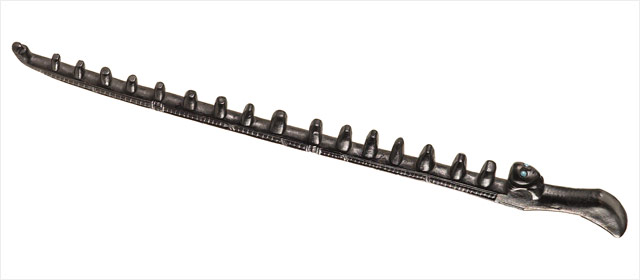Story summary
Whakapapa is genealogy, a line of descent from ancestors down to the present day. Whakapapa links people to all other living things, and to the earth and the sky, and it traces the universe back to its origins.
Whakapapa are told orally in different ways. The most common is tararere, which gives a single line of descent from an ancestor, without marriage partners or other kin. A short whakapapa giving just the names of important ancestors is known as tātai hikohiko or āhua hikohiko.
Creation
Whakapapa about the beginning of the universe vary from tribe to tribe. Te Arawa chief Te Rangikāheke said Te Pō (the darkness or night) was followed by Te Ao (the day) and then Te Kore (the nothing).
Ranginui (the sky father) and Papatūānuku (the earth mother) gave birth to gods such as Tangaroa, god of the sea, and Tāne-mahuta, god of the forest. People could trace their whakapapa to these gods.
Polynesian traditions
Many whakapapa traditions are the same as or similar to those in other Pacific Islands. Names like Papa, Whiro and Māui are repeated, or sound similar – Whiro is Hiro in Hawaii. Stories about ancestors are also similar, such as people fishing up islands, or the origin of fire.
Recalling whakapapa
Whakapapa are recalled in waiata (songs), especially in oriori sung to children. Stories connect whakapapa to the landscape. These helped people remember whakapapa – some people could recite hundreds of names. Some experts had rākau whakapapa, notched sticks which they held as they recited names, moving their hands along the notches.
When writing was introduced, people began writing whakapapa down, but these manuscripts were considered tapu, and sometimes when the author died, the books would be burnt or buried.
Whare
The wharenui (meeting house) can be seen as a model for whakapapa, with the oldest ancestors at the top of the house near the tekoteko (the carved figure which rests there), spreading outwards to the bottom of the house where all the most recent lines are traced, in ways that show how people are linked to one another. These links are important to order day-to-day life for tribal members. Links between more distant ancestors are important between tribes.
Europeans and whakapapa
Some European scholars made wrong assumptions about the ordering of whakapapa, the length of generations, and the uses Māori made of different ways of telling whakapapa.
Telling whakapapa was the way Māori proved they had links to a piece of land when they went to the Native Land Court to try to gain title to the land.





